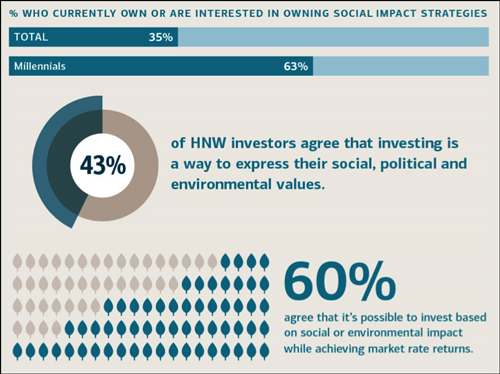For any “early” retirees between the ages of 55-64, one of the biggest burdens on cash flow will probably be medical expenses. More specifically health insurance premiums. Although enrolling for Obamacare won’t make you healthier per se, if you structure your income correctly, there are ways to qualify for significant subsidies to help ease the burden of your monthly health insurance premiums.
The Threshold to Qualify
In order to qualify for a subsidy, your modified adjusted gross income (MAGI) must be between 100-400% of the federal poverty level. For 2014 those levels were $15,739-$62,920 for a family of 2, and $23,850- $95,400 for a family of 4. The lower you are in these thresholds, the higher the subsidy amount will be. Also, the older you are, the higher the subsidy will be. For example a 62-year-old couple with a MAGI of $50,000 will be eligible for a larger subsidy then a 55-year-old couple with the same MAGI.
You might be thinking your income is too high and this article doesn’t pertain to you. Not so fast. There are ways to structure your retirement income so that you will fall well within these thresholds. Here’s an example:
Let’s take a 62-year-old married couple (family of 2) with these assets:
$1,500,000 of IRA money,
$250,000 in checking & savings
$250,000 in a taxable brokerage account
Their annual income need is $100,000 gross (before-tax). Their taxable portfolio kicks off $12,500 of interest and dividends and the husband has a $30,000 pension. Both must be reported as income on your taxes. So far, we have $42,500 of taxable income, and the threshold before you are completely ineligible for a subsidy for a family of 2 is $62,920. That means we have $20,420 left of taxable income left to recognize before they are completely phased out.
How to Plan for a Subsidy
As mentioned previously, the couple’s annual income need is $100,000 and they have $42,500 of taxable income (so far) to go towards satisfying that need. This means they still need $57,500 to fulfill their need for the year. This is where the planning comes into place. By taking $57,500 from their savings account, their need for the year would be met, and they wouldn’t need to report any more taxable income as a result of this withdrawal from checking & savings (because taxes were already paid on these dollars). Also, by having a MAGI of $42,500 they would qualify for a significant Obamacare subsidy … probably $6,000-$10,000 based on the Henry J. Kaiser Family Foundation’s Obamacare calculator I used here.
Things that will affect your taxable income (and possibly disqualify you):
Social Security: if you decide to collect early at age 62, up to 85% of your benefit could be taxable and could push you out of the thresholds for a subsidy.
Taxable dividends & interest: Dividends and interest are good, but you should try to estimate what they will be for the year to make sure they won’t push you out of the parameters for a subsidy.
Capital Gains: You bought shares of Apple when it was at $5 and decided to sell it all in 2014. Great you made a lot of money! But you can probably forget about an Obamacare subsidy because that gain is going to push your MAGI up too high.
Part Time Work: Obviously earned income is going to be reported on your tax return, and have an impact on your eligibility. Also, if your employer offers “affordable” health care to you, you don’t qualify for a subsidy.
Please keep in mind that this planning must be done very carefully, and you should almost certainly work with a professional to make sure it is done properly. The thresholds are a “cliff” so if you go one dollar over, you will need to pay back the subsidy in its entirety. Don’t let this deter you or your family from considering a similar strategy! We have helped many clients navigate through similar situations and would love to be a resource if you have questions or would like us to look at your personal scenario.
Matthew Trujillo, CFP®, is a Certified Financial Planner™ at Center for Financial Planning, Inc. Matt currently assists Center planners and clients, and is a contributor to Money Centered.
The information has been obtained from sources considered to be reliable, but we do not guarantee that the foregoing material is accurate or complete. Material is provided for informational purposes only and does not constitute a recommendation. Any opinions are those of Center for Financial Planning, Inc. and not necessarily those of RJFS or Raymond James. You should discuss any tax or legal matters with the appropriate professional. This is a hypothetical example for illustration purposes only. Actual results will vary. Links are being provided for information purposes only. Raymond James is not affiliated with and does not endorse, authorize or sponsor any of the listed websites or their respective sponsors. Raymond James is not responsible for the content of any website or the collection or use of information regarding any website’s users and/or members. C14-041066






















